Product recalls or contamination costs can easily run into the millions of pounds. In addition to the physical expenses of withdrawing the product from the market, the knock-on effects are likely to be costly.
Product recall policies cover the potential fallout of such an event by providing comprehensive cover for you and your business, whether the event is triggered by a manufacturing error, a product safety issue, or other scenarios such as animal by-product or allergen mislabelling.
What is product recall insurance?
Despite the frequency and high costs of a recall, most companies don’t adequately plan, prepare, practice for, or buy insurance against product recall events, protecting cash-flow. In addition to proper insurance covers, careful planning is essential in managing the risk of a recall.
Product recall insurance policies often include pre-incident consultancy to minimise the risk of a product recall event occurring, and post-loss crisis containment to mitigate the aftermath and reputational harm if it does.
Features of product recall insurance
- Premises and product rectification costs, including redesign and remanufacture
- Loss of future sales, typically 12 months
- A wide range of costs associated with a recall including investigation, storage, transport, disposal and destruction of damaged goods
- Comprehensive brand and reputation protection
- Range of pre-incident consultancy solutions
- 24/7 crisis management hotline for you in the event of an incident
Types of product recall cover
Other covers available with our product recall insurance
Contaminated product insurance
Malicious tampering and/or intentional contamination are rare, but when they happen can cause a very severe loss. Managing this risk can be difficult, as motives vary widely.
Accidental contamination cover
This is an unintentional error in the manufacturing, packaging or storage of a product. It includes mislabelling of ingredients, contamination by a foreign object or chemical, etc.
This is a common risk, and while the majority of incidents are discovered prior to shipment, huge losses have occurred due to accidental contaminations which were not detected in time.
Product extortion insurance
Not as common as accidental contamination, though more frequent then malicious tampering, product extortion can evolve into outright tampering cases, which are very costly.
Product recall cover FAQs
Is product recall covered under my product liability policy?
No, product liability cover generally excludes contamination and recall events. The protection of a product contamination or product recall policy protects a company’s bottom line by covering the direct costs of recall.
What is the difference between first-party and third-party exposure?
There are two categories of exposure to loss for a company faced with a product recall incident: first-party operational losses to the company and third-party liability losses to injured persons.
Unlike third-party losses, first-party loss is often overlooked. In addition to the initial recall expenses, the potential long-term losses from the damage to a company’s reputation and loss of sales may continue for months or even years.
Get a product recall insurance quote
Read other business insurance articles
- Information Update - A Guide to Arranging Commercial Insurance
- Information Update - Cyber Crime
- Information Update - Cyber Crime Video
- Information Update - Management Liability
- Insurance Update - Arrange Your Business Insurance
- Limited Companies: Have you considered Business Loan Protection... For When your Personal Liability is Not Limited?
- Cyber Risks on the Rise as Businesses Reopen
- Smartphones Becoming an Increasing Cybersecurity Risk for Organisations
- How to Best Arrange your Business Insurance


